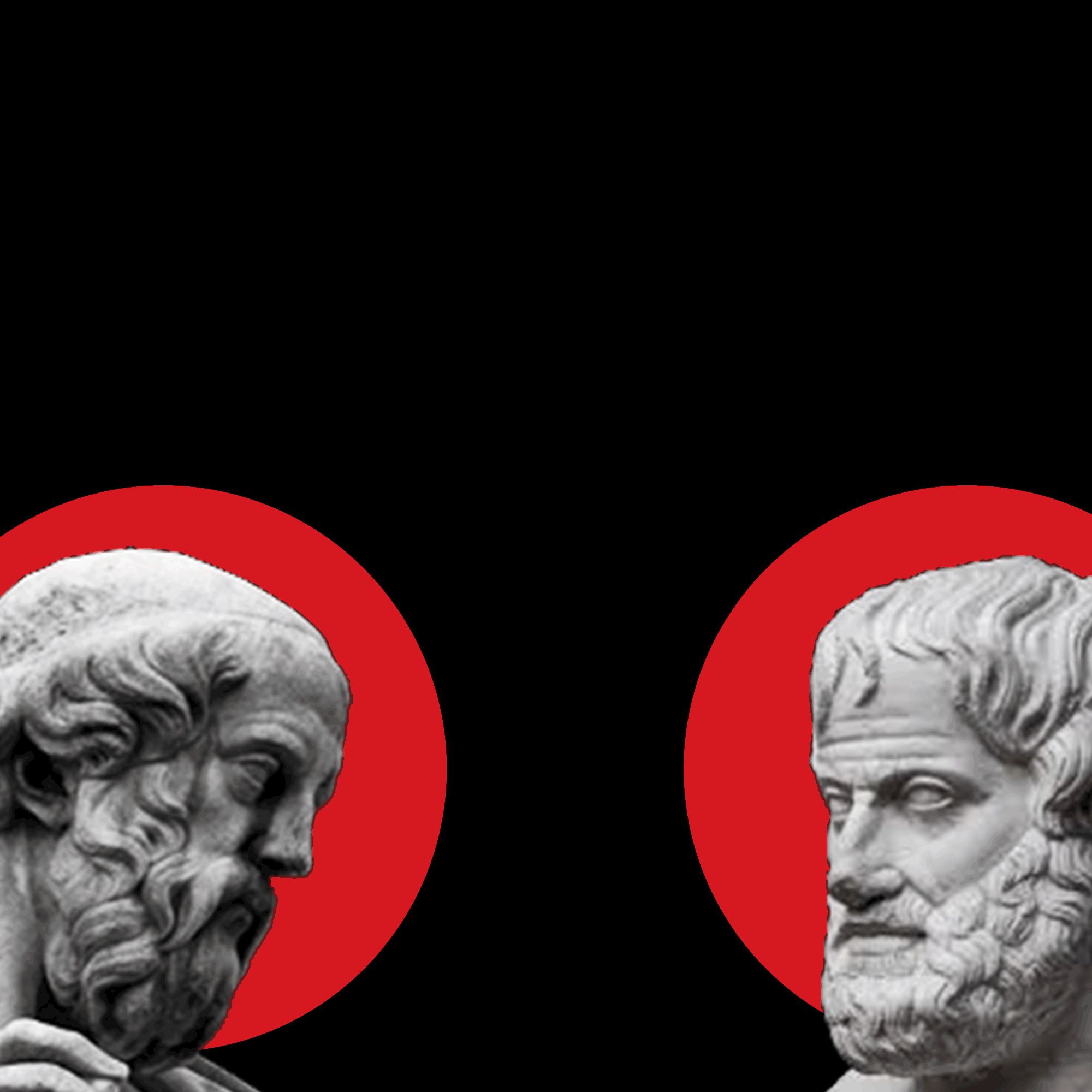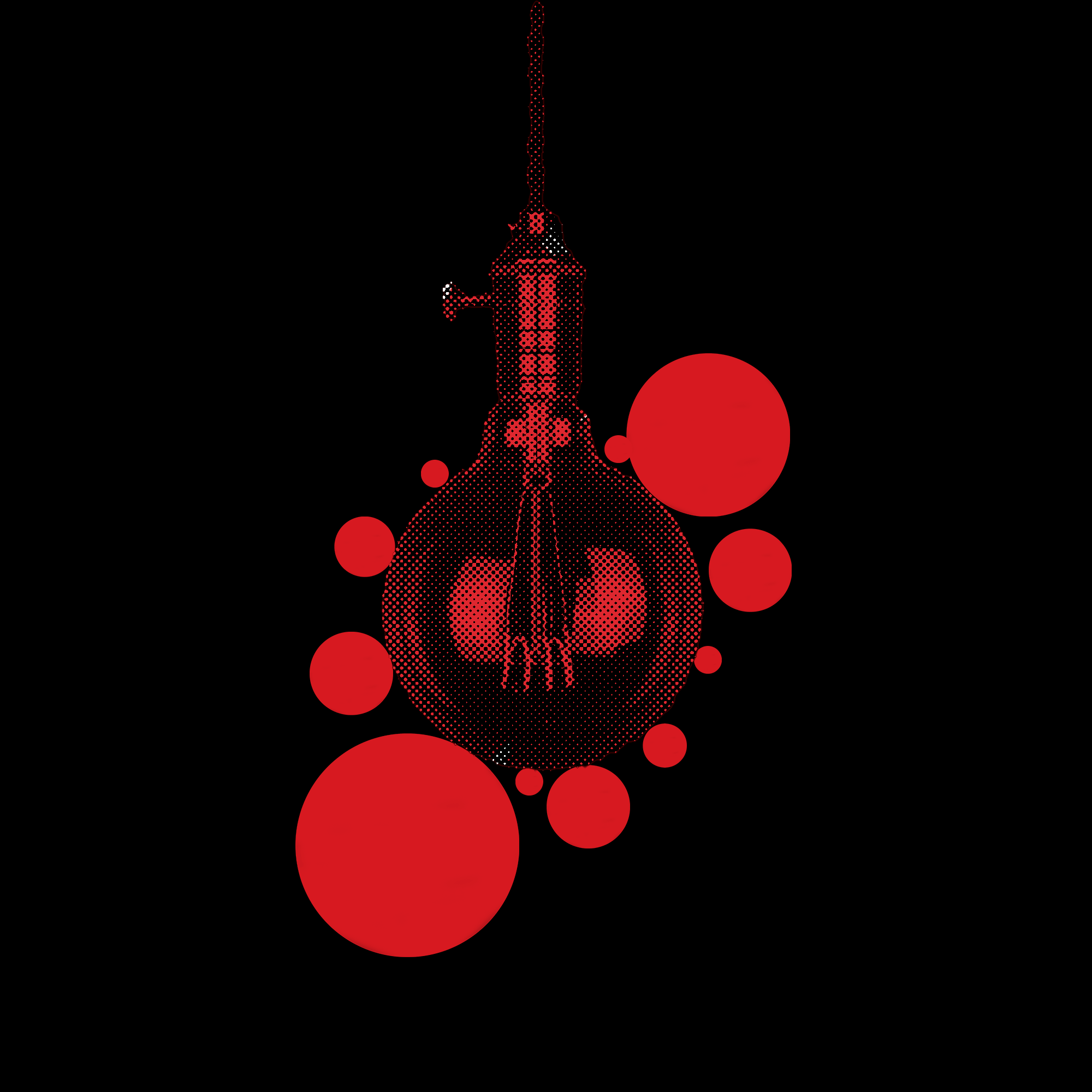W
Whose streets?
The Covid Joggers Act (CJA) is a reaction to the coronavirus lockdown in Switzerland. It is an artistic expression that takes place in the street because it used running as the means to diffuse red dots in the public domain while the lockdown regulations were in place. The project uses an interdisciplinary research approach into certain mechanisms related to a visual virus spread. Since the project utilizes public space, it raises questions concerning the law in terms of property rights and freedoms of expression for artists and citizens alike.
The broken window theory was introduced in 1982 by two sociologists, George Kelling and James Wilson, following an article they published in The Atlantic (the link is below in the ‘longer reads’ section). They stated that «if a window in a building is broken and is left unrepaired, all the rest of the windows will soon be broken. » A broken window that is left unrepaired demonstrates a lack of care which will be followed by further community destruction. They conclude that to avoid increasingly severe crimes, instances of low-level urban disorder should be policed. Additionally, this theory relates to topics such as (il)legal street art, the use of public space, propagators of urban disorder, social hierarchies, and methods of control.
The first article presented is about Harald Naegeli, the Sprayer of Zurich. He gained this title and his notoriety after he began to spray paint stick art graffiti throughout the streets of Zurich in the late 1970s. It was an act to protest urbanization, the ‘tidiness obsession’ of Switzerland, and top-down uniformization. Naegeli continued his work for the following decades which led to him faced with jail, fines, extradition, and an international arrest warrant. His most recent altercation with the law was earlier this year after the renown Kuntshaus located in Zurich ordered (and later retracted) criminal damage complaints and orders to remove some newer works that Naegeli placed on their walls. Harald Naegeli’s case represents the relation between street art and protests with legality, as it challenged art.144 of the Swiss Criminal Code which protects property and art.16 which protects freedom of expression. As Walter asserts in this article, «the city is free to use, but not to shape.»
the city is free to use, but not to shape
The subsequent article by Rani Boyer discusses the role of street art as a ‘visual counterpart’ to social movements and as a medium for spreading political messages. Graffiti is characterized as a rebellious art form because it is created in the public domain which raises questions about the legality of this as art and further political contentions about actions that can be done upon city surfaces. Proxemics is also a fundamental criterion for the red dots of the CJA. Edward Hall founded the concept of proxemics which is the study of the human use of space. The mutual interaction between man and the environment is important for CJA because the project/the dots gain meaning from the location in the chosen context. Urban spaces are often characterised as spots of anonymity and segmentation due to cosmopolitanism and diversity. The red dots are symbolic coins that act as spatial connections among concepts and people as symbolic tributes to interactions that were lost from cities during the lockdown. As a form of street art, the broken window theory became an interesting theory to research deeply.
The broken window theory led to a policy revolution that generally targeted people rather than windows. The people that have been targeted vary due to classism, race, profession, actions taken which leads to the many social relations of the theory. The ‘windows’ are the origin of the issues which should be addressed, rather than solely the people. The actions of the people are a reaction. In this case, the voices in the street are responding to the BLM movement, climate change, globalization, capitalism, political circumstances, etc. Cleaning up the artistic expressions from the streets can place a shadow over these issues.
1. Walter, G., (2020), ‘The Sprayer of Zurich – Harald Naegeli vs The City,’ widewalls,
2. Boyer, R., (2020), ‘How Graffiti Artists Are Propelling the Vision of the Black Lives Matter Movement,’ artsy
3. Fox, J., (2019), ‘Broken Windows’ Theory Was Right…About the Windows,’ Bloomberg Opinion,
Longer Reads / Additional Sources:
1. Kelling, G. et al., (1982), ‘Broken Windows,’ The Atlantic,
2. Keizer, K. et al., (2008), ‘The Spreading of Disorder,’ Science,

Gif Table of Contents / CJA2020



